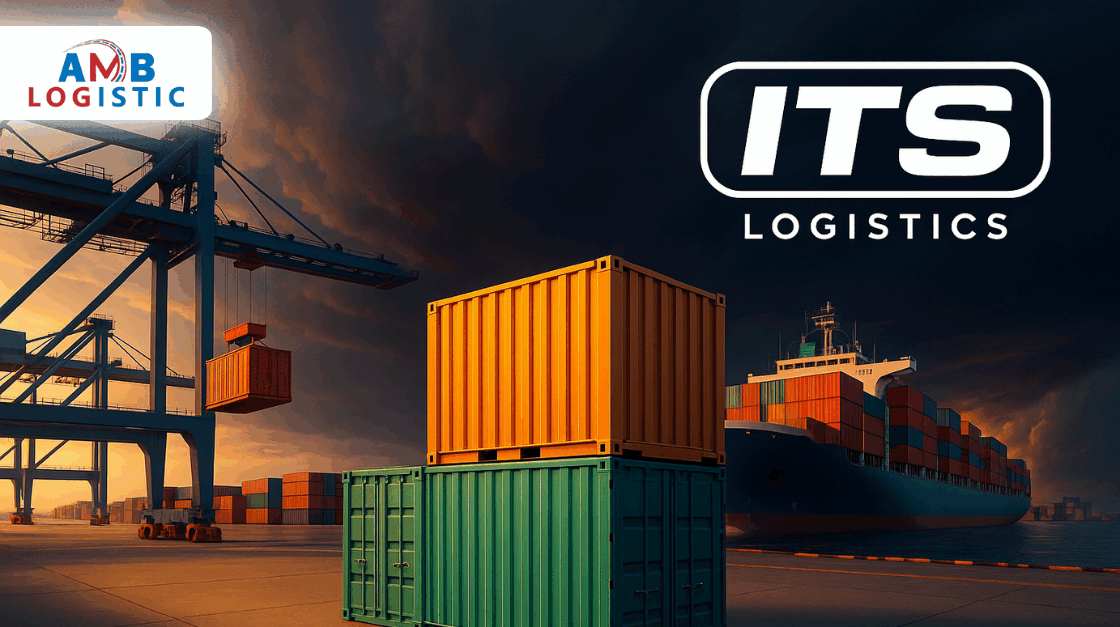
The latest ITS Logistics July Port/Rail Ramp Freight Index paints a picture of stability across U.S. supply chains. Major ports and rail ramps are currently operating with minimal congestion, container throughput remains high, and drayage performance is consistent.
But beneath this smooth surface, risks are building. Tariff volatility, rising project cargo volumes, and an approaching hurricane season could disrupt freight networks in the weeks ahead.
For shippers, carriers, and brokers, the message is clear: now is the time to plan.
Current State: Operations Stable, Flows Healthy
- June imports climbed modestly, with total volume reaching 2.2 million TEUs.
- The Port of Los Angeles hit a new monthly record, demonstrating resilience under rising trade volumes.
- Rail ramp operations remain steady, with dwell times under control and minimal equipment shortages.
ITS Logistics reports a fluid network — for now.
What’s Driving the Stability?
- Even Distribution of Cargo:
Larger ports have successfully balanced volumes, avoiding the congestion seen in previous years. - Improved Drayage Coordination:
Trucking capacity remains available, helping ports move containers efficiently. - Balanced Intermodal Flows:
Railroads have managed to keep equipment cycles stable, reducing terminal backlogs.
This stability provides a window of opportunity for freight planners.
The Threats on the Horizon
Despite good performance today, three critical risks loom:
1. Tariff Volatility
With U.S. authorities increasing enforcement against Chinese transshipment, importers are front-loading cargo ahead of the August 1 policy change.
- Impact: Potential short-term congestion, surging drayage demand, and rate volatility.
2. Rising Project Cargo Imports
Oversized and hazmat shipments — including energy and industrial equipment — are pouring into smaller ports.
- Impact: Yard space strain, limited specialized equipment, and delayed handling at non-major terminals.
3. Hurricane Season
The peak of hurricane season coincides with Q3 shipping surges.
- Impact: Port closures, vessel diversions, and inland network disruptions.
Drayage Networks: The Weak Link?
ITS highlights drayage as the most vulnerable segment if conditions tighten:
- Short-haul trucking is already stretched at smaller gateways.
- Tariff-driven cargo surges could overload yard capacity.
- Regional disruptions may push rates sharply higher in spot markets.
What Shippers Should Do Now
✅ 1. Secure Drayage Early
Book ahead to avoid last-minute rate hikes.
✅ 2. Build Contingency Routes
Plan for diversions to secondary ports or alternate rail ramps.
✅ 3. Monitor Tariff Deadlines
Avoid shipment delays by clearing customs ahead of enforcement dates.
✅ 4. Prepare for Storm Scenarios
Set up emergency inventory buffers and rerouting plans for hurricane-affected lanes.
What This Means for Brokers and Carriers
For brokers, Q3 planning must focus on:
- Rate monitoring: Use tools like DAT iQ to stay ahead of price swings.
- Carrier relationships: Secure reliable capacity before market tightening.
- Customer communication: Provide clients with real-time updates on risk factors.
For carriers, this period demands:
- Equipment repositioning: Anticipate where capacity will be most needed.
- Safety planning: Prepare for weather-related rerouting.
- Flexibility: Offer adaptable solutions to brokers and shippers.
AMB Logistic’s Perspective: Prepare Now, Lead Later
At AMB Logistic, we see this stability as a strategic window — a chance to:
- Lock in competitive rates while networks remain fluid.
- Secure premium drayage partners ahead of peak demand.
- Educate shippers on compliance, tariffs, and weather risk strategies.
Our proactive approach ensures that when the network feels pressure, our clients stay ahead.
Final Word: Stability Is an Opportunity, Not a Signal to Relax
The ITS July report offers good news — but it’s also a warning.
As tariffs tighten, project cargo rises, and storms approach, freight networks may soon face turbulence.
The companies that act during the calm will lead when the chaos hits.
At AMB Logistic, we’re here to keep your freight moving — no matter what the market throws at us.
📞 Want to stay ahead of Q3 risks?
Talk to our experts today.
📧 info@amblogistic.us
🌐 www.amblogistic.us
📍 Troy, MI
Tags:
ITSSupplyChainReport2025, PortOperations, DrayageStrategy, AMBLogistic, TariffVolatility, HurricaneRisk, FreightMarketUpdate, SmartFreight, RailStability, SupplyChainPlanning, DATPartner, Q3FreightForecast




